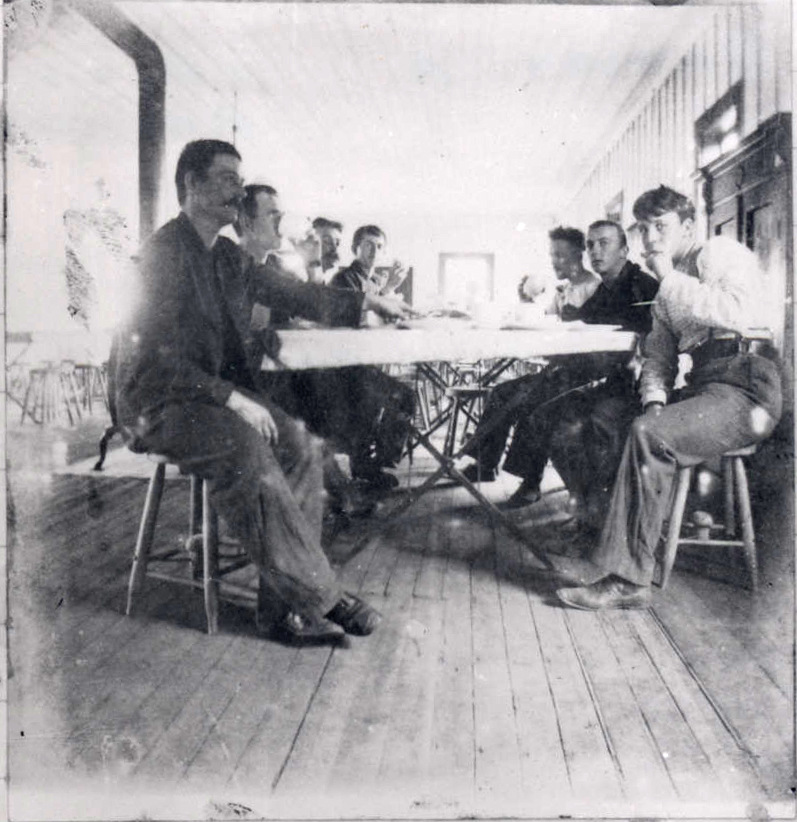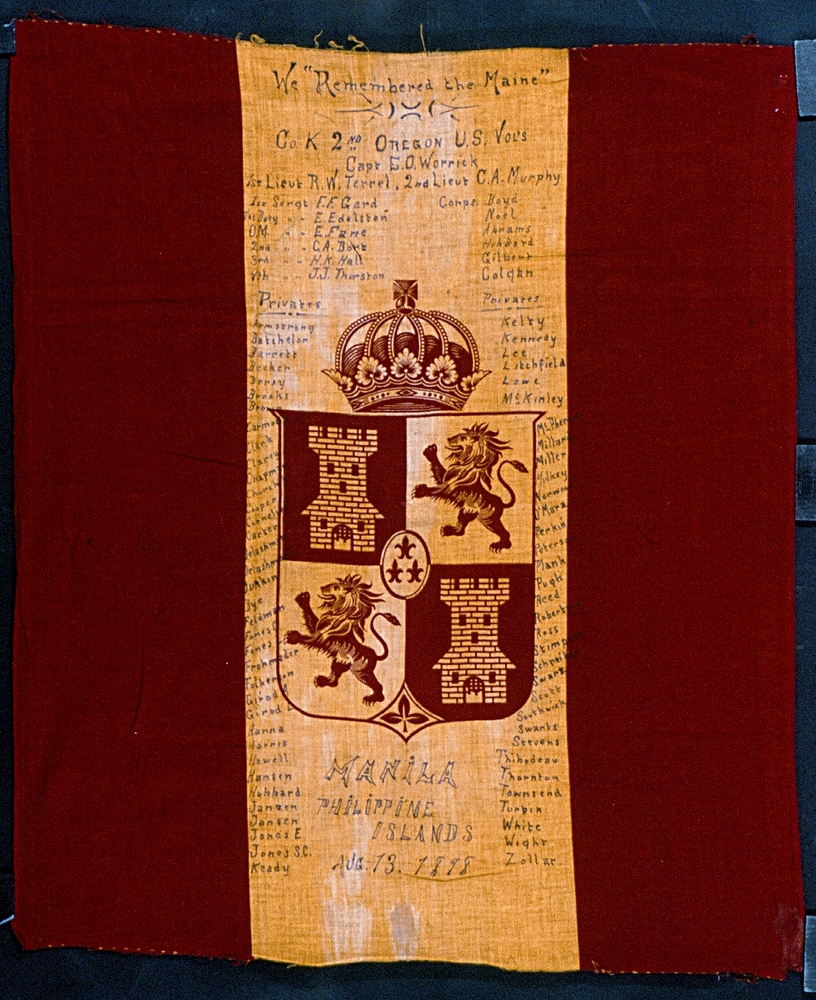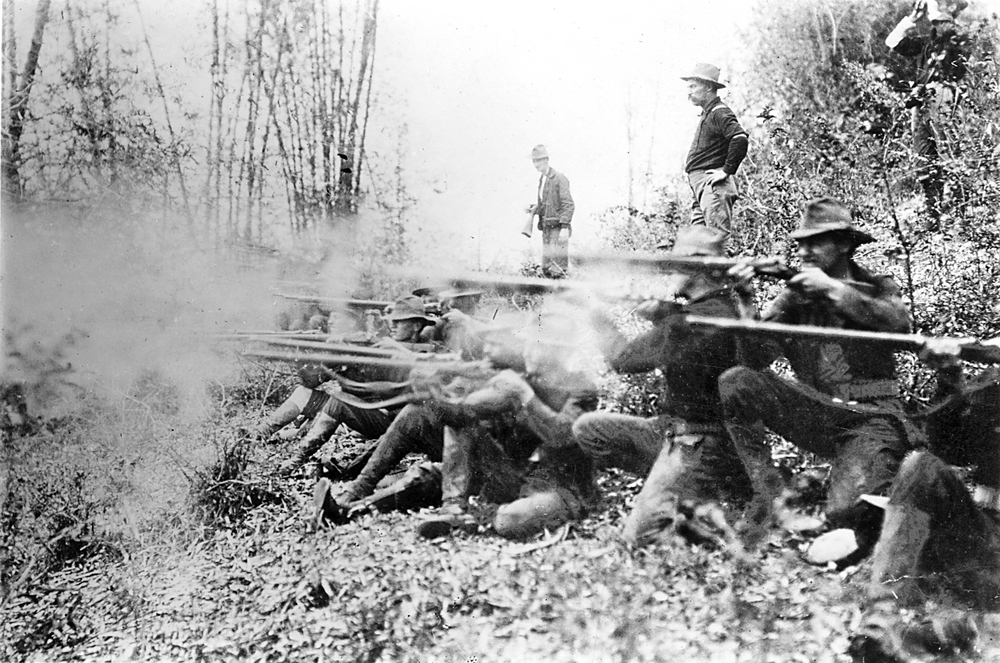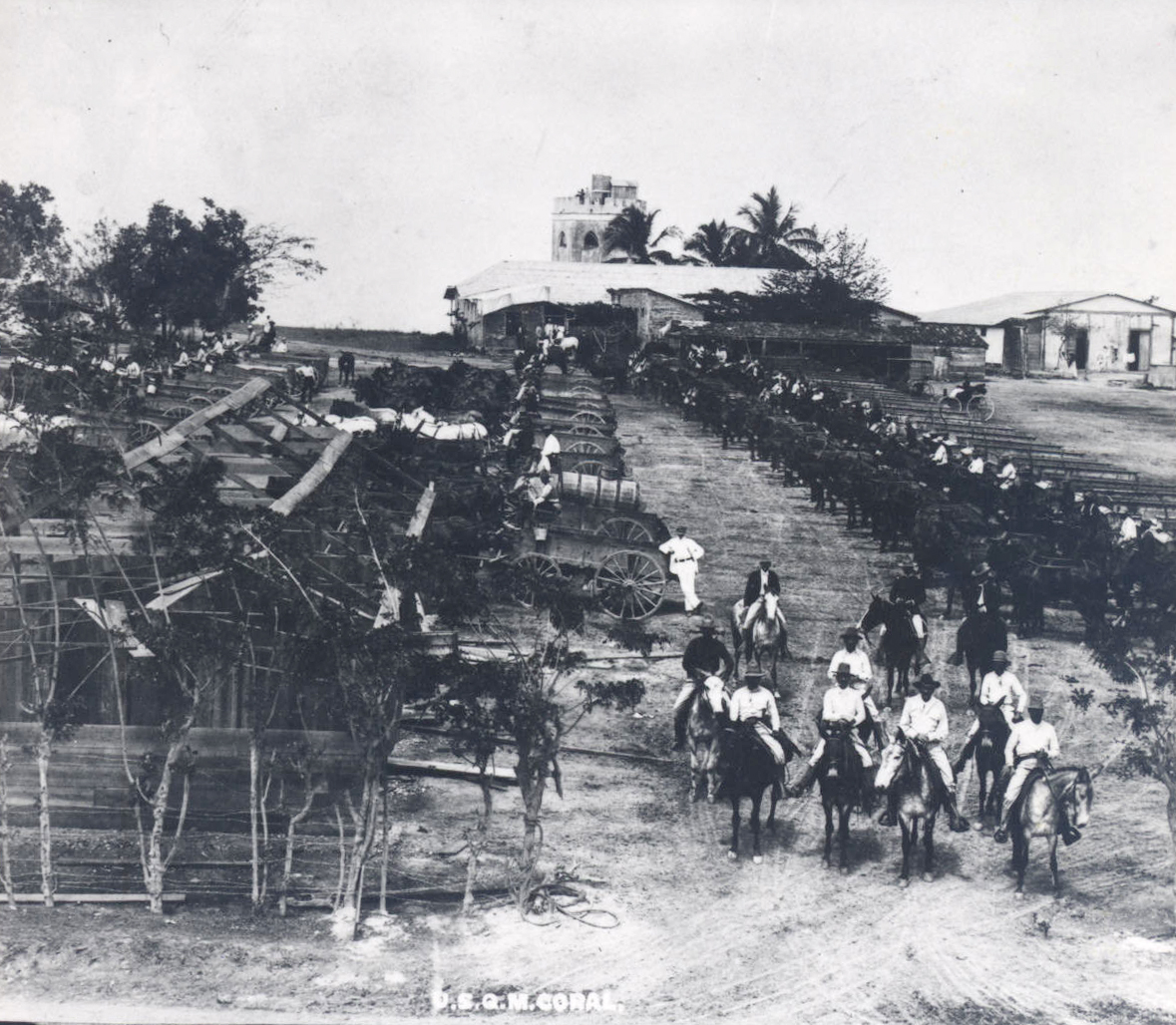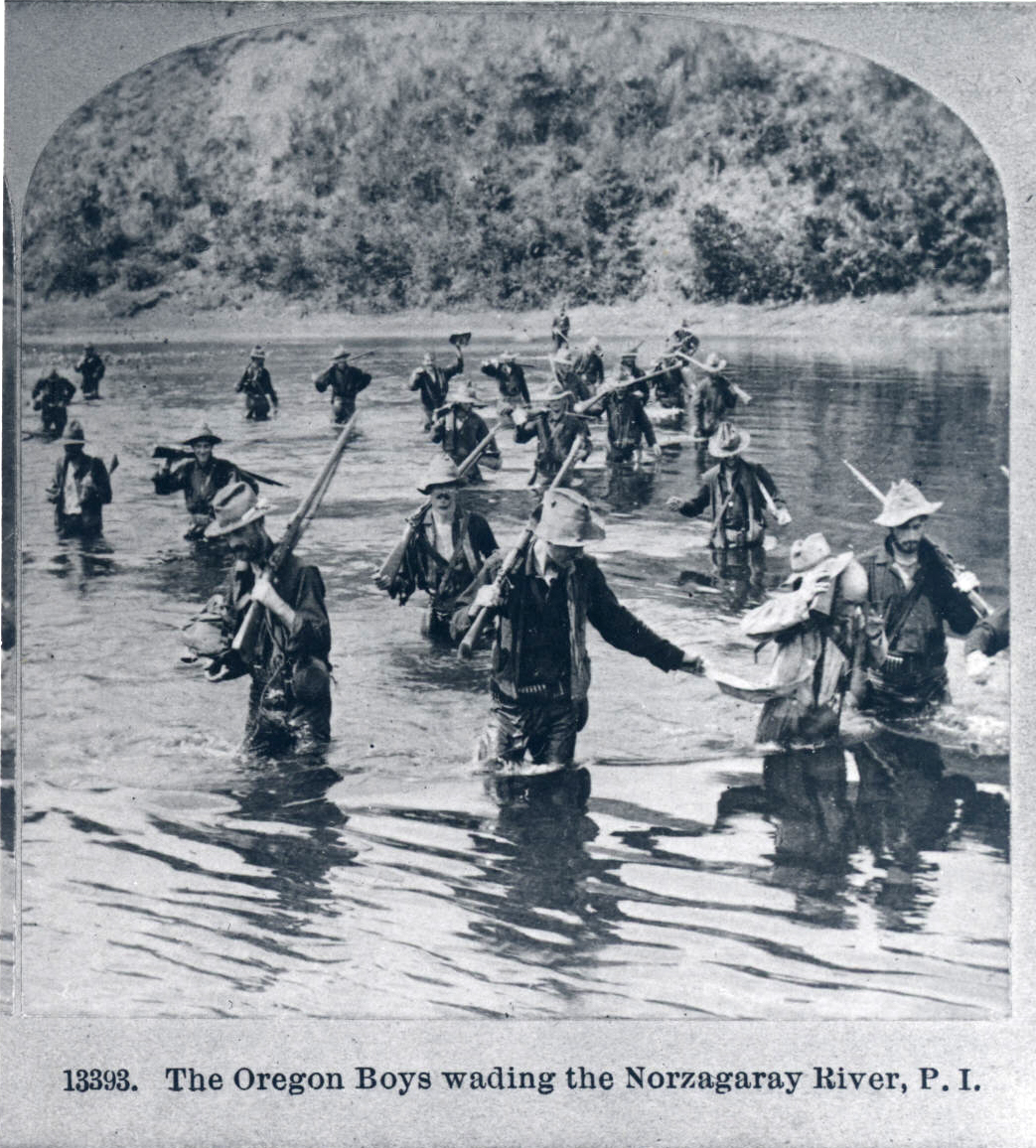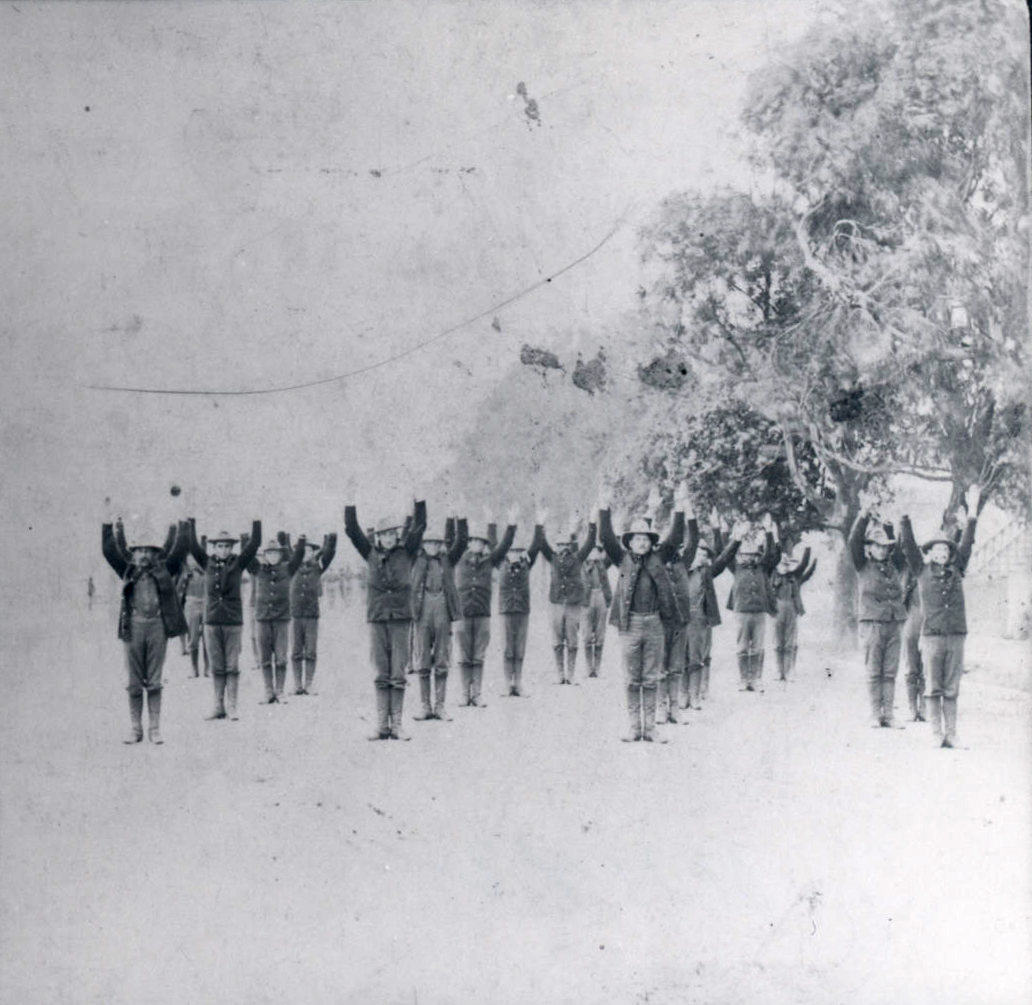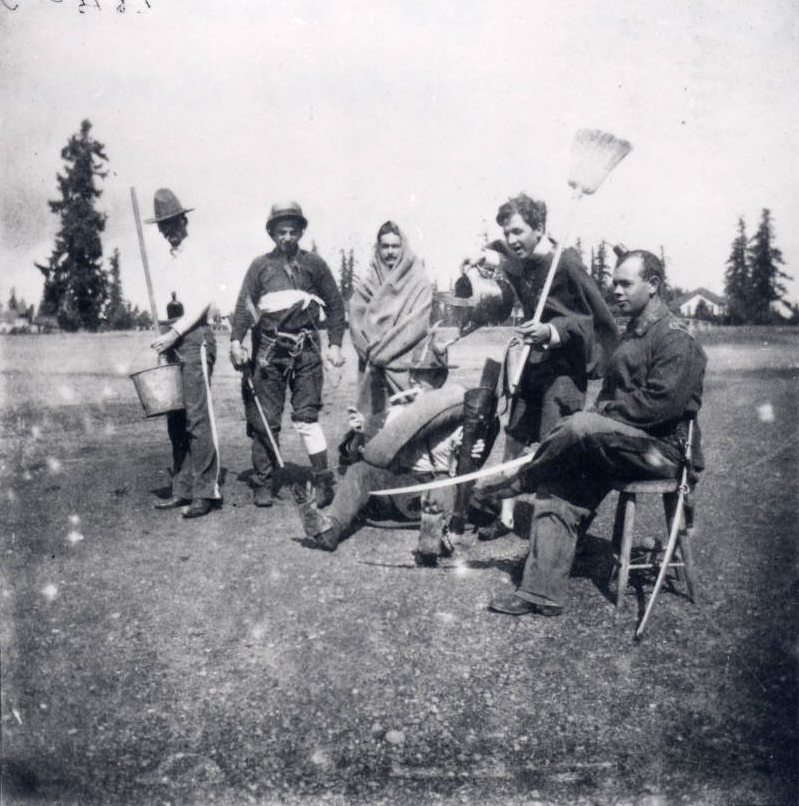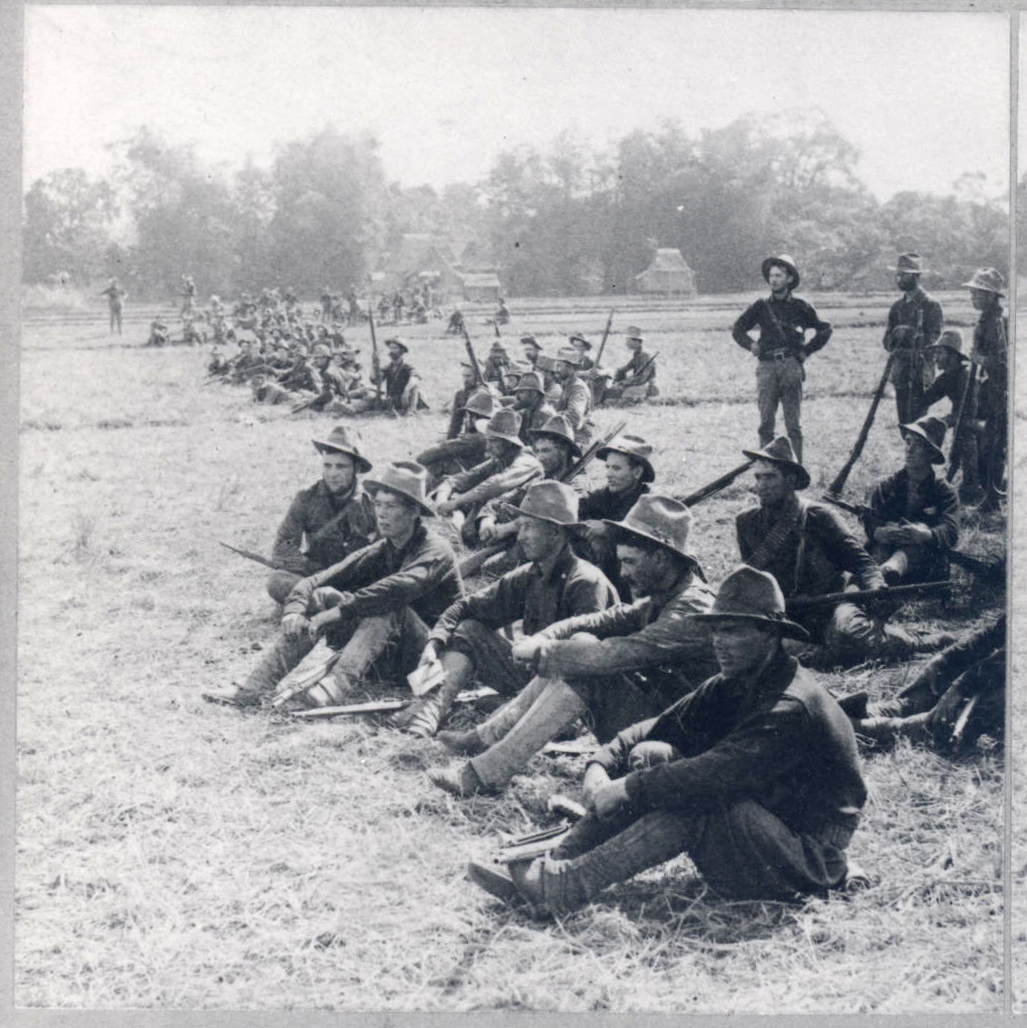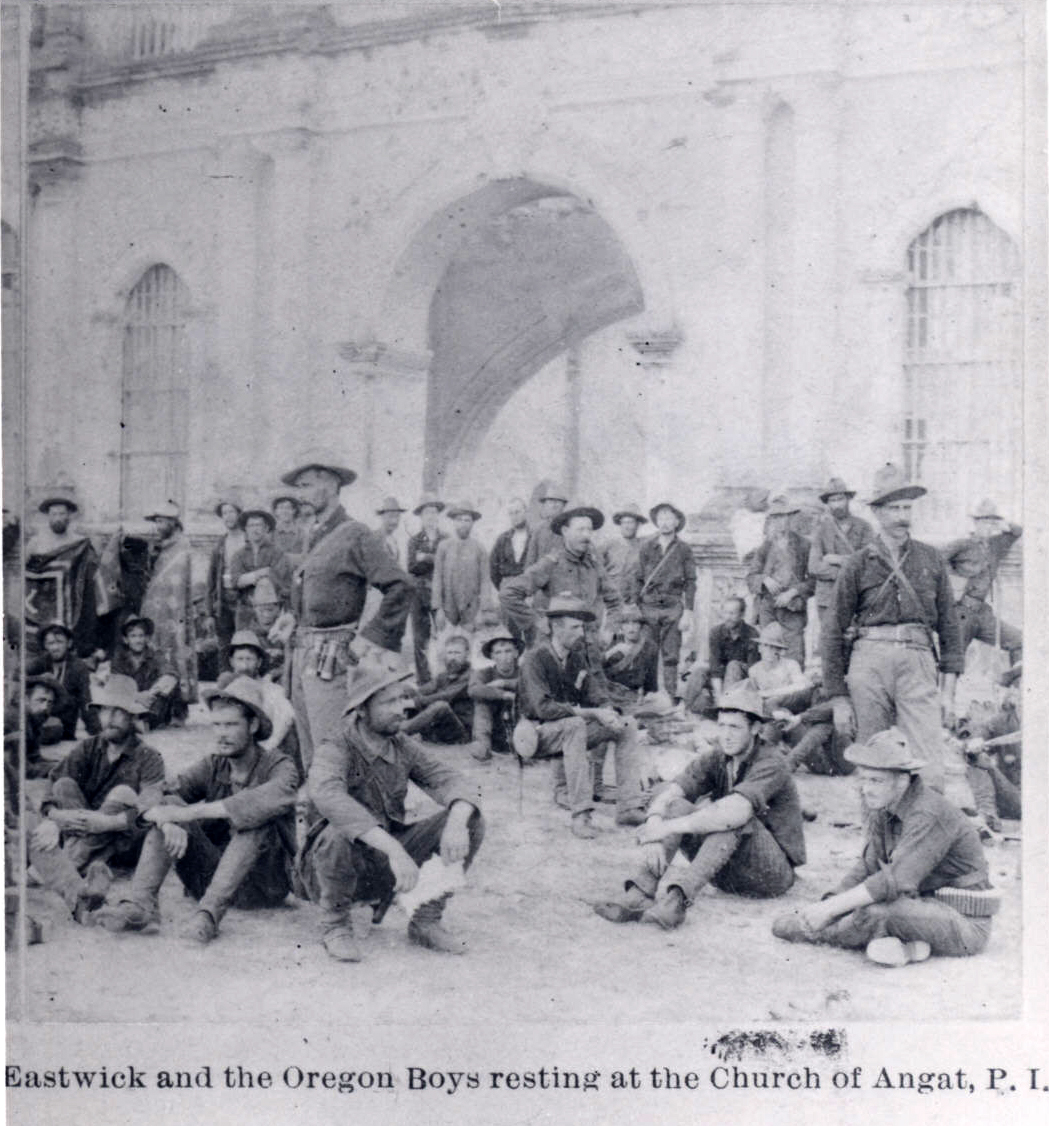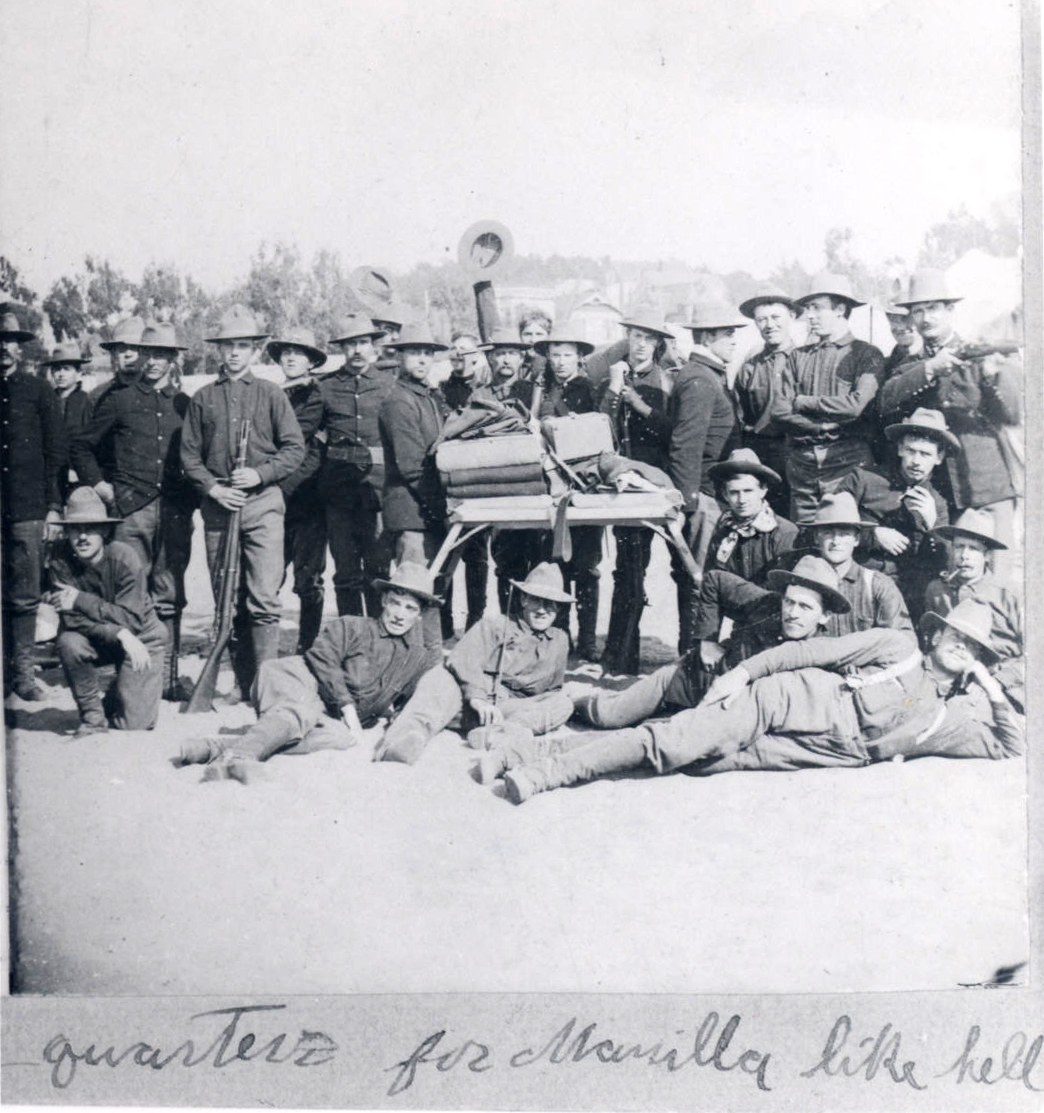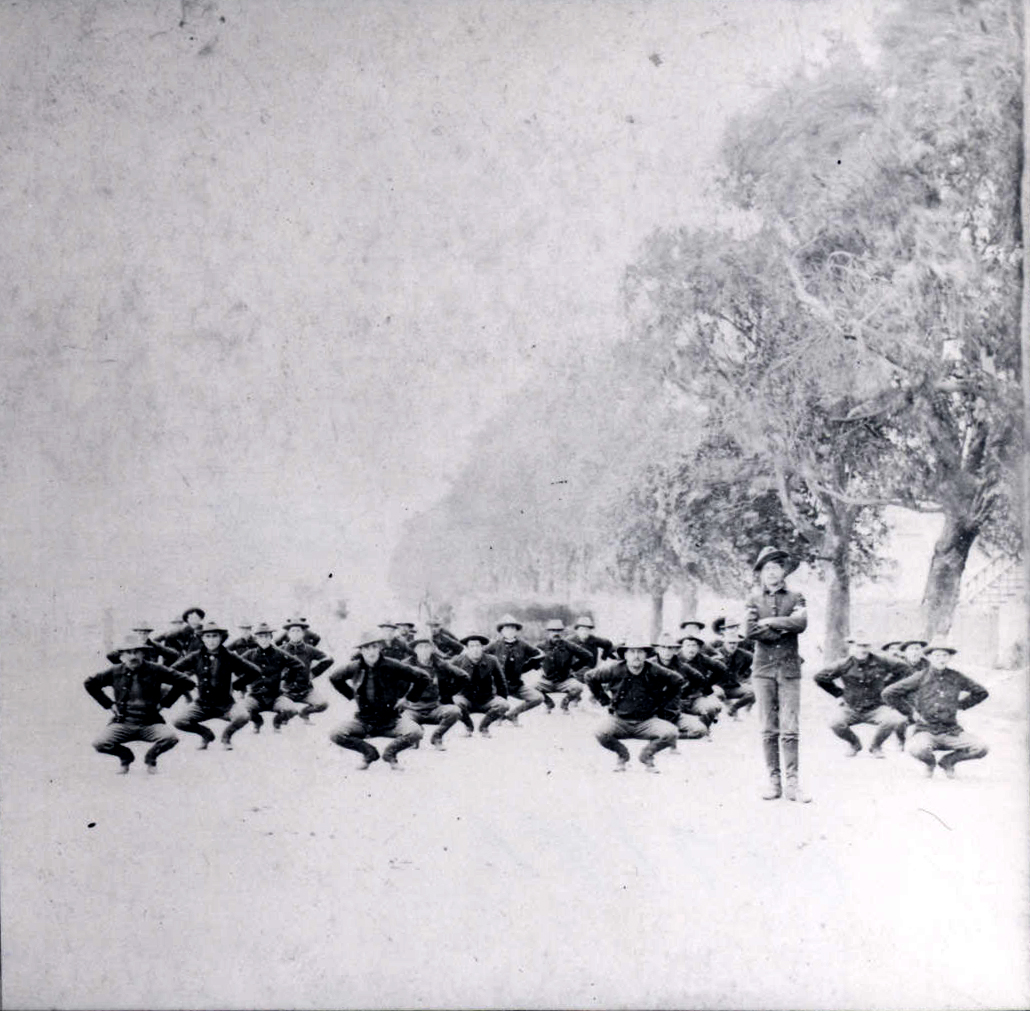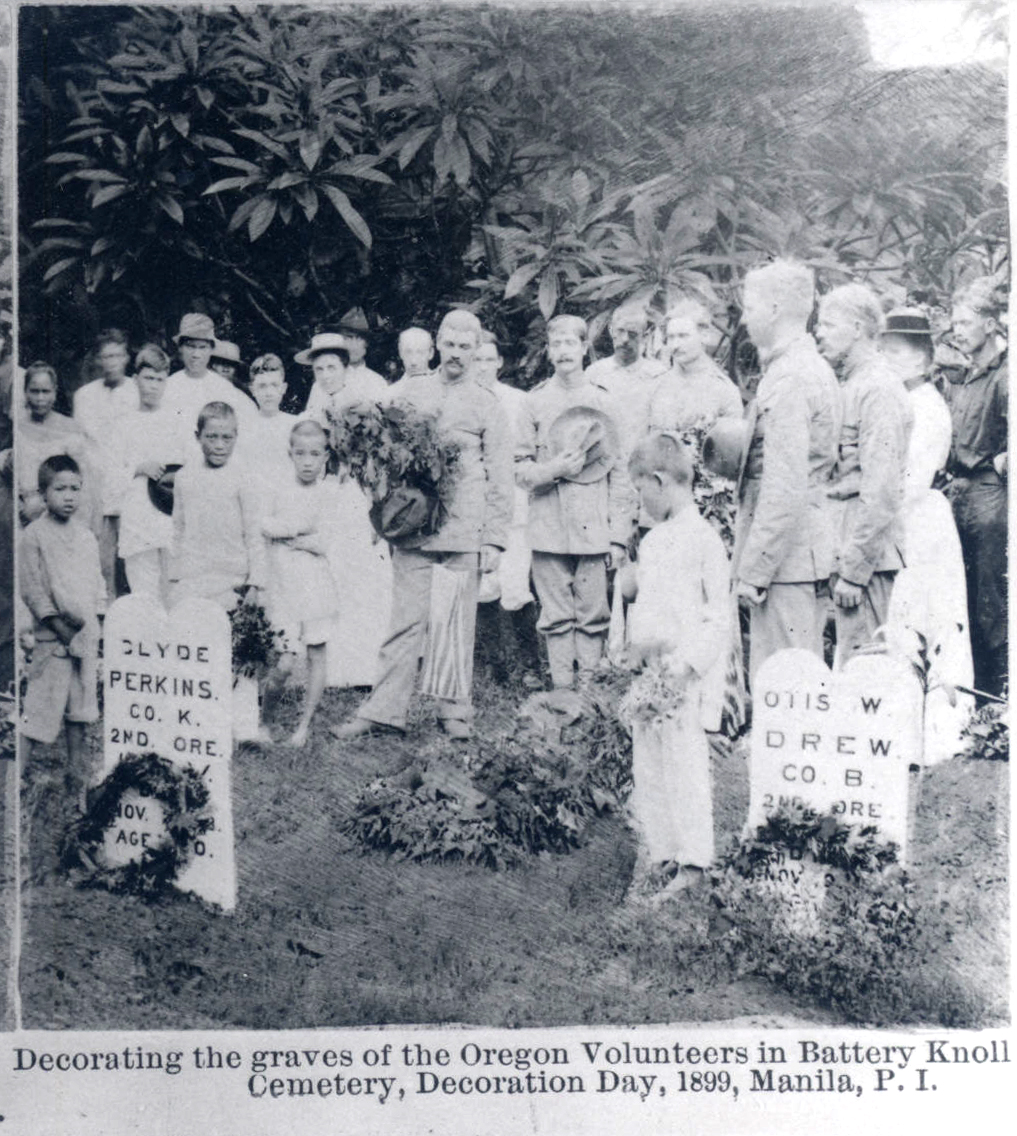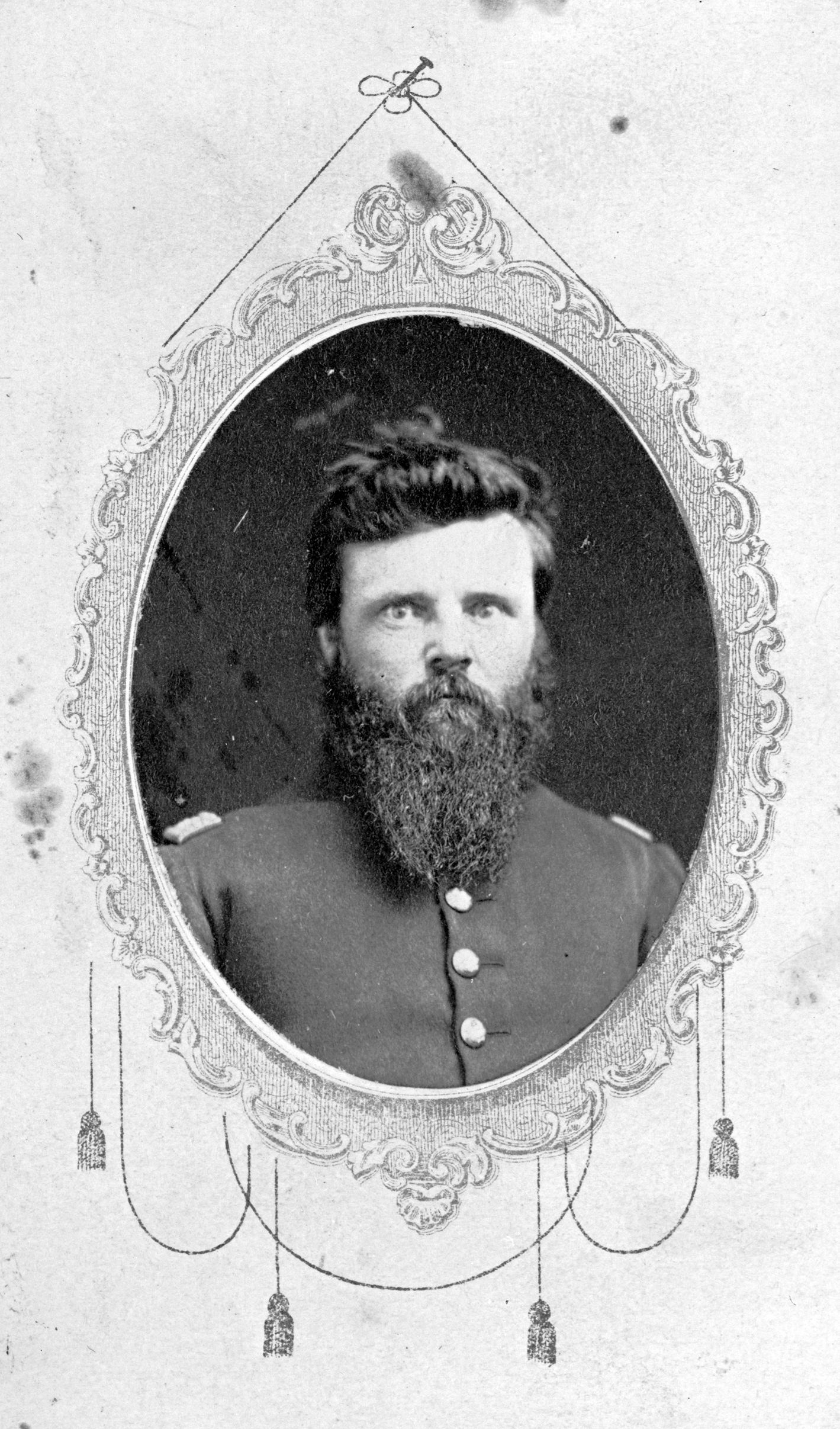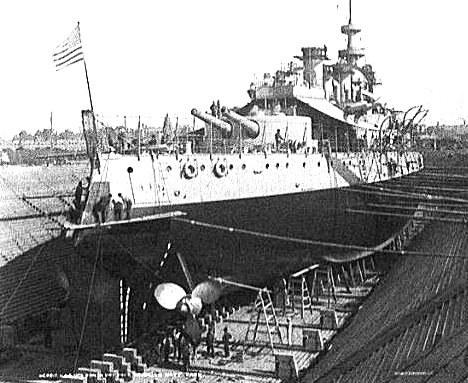Relations between the United States and Spain were already strained over control of Cuba and its resources when the battleship USS Maine mysteriously exploded in Havana Harbor on February 15, 1898. Spain had been accused of cruelly crushing rebels fighting for independence in its Cuba and Philippine colonies, and newspapers across the U.S. clamored for retribution.
The sinking of the Maine and the hysterical newspaper reports that followed led Congress to declare a state of war with Spain on April 21, 1898. Four days later, President William McKinley asked Oregon for a regiment of infantry, making it clear that he strongly preferred that the National Guard be used to fill the request. By May 11, Oregon had organized and mustered in the Second Regiment, Oregon U.S. Volunteer Infantry. On May 25, the regiment embarked at San Francisco and sailed for the Philippines. It was the first time that members of the Oregon National Guard fought on foreign soil.
Oregon units took part in the peaceful surrender of the island of Guam on June 21. Members of the Oregon regiment made up the first U.S. Army unit to land at the Philippines and the first unit to enter the Walled City of Manila. The regiment took part in the surrender of the Spanish army in Manila on August 13. On August 16, the war with Spain came to an end, and Oregon's regiment took up provost guard duty, playing the role of police in the city. But the Oregon Volunteers' service during the war was not yet over.
The Treaty of Paris granted independence to Cuba but ceded Guam and Puerto Rico to the United States. It also arranged for the sale of the Philippine Islands to the U.S. As a result, the people of the Phillipines were freed of one colonizing power only to be faced with another. On February 4, 1899, Philippine independence fighters engaged U.S. troops in Manila after a Nebraska volunteer fired at Filipino soldiers. For the next four months, Oregon troops fought in five campaigns and forty-two battles, engagements, and skirmishes. Sixteen Oregonians were killed in action or died of wounds, forty-eight died of other causes, and eighty-eight were wounded in action. Over 20,000 Filipinos died during the war.
Three members of the Oregon regiment were awarded the Medal of Honor for heroism: Private Edward E. Lyon of Portland, Private Frank C. High of Jacksonville (later Ashland), and Private Marcus Robertson of Hood River. On May 13, 1899, Private Lyon, with eleven other scouts, charged over a distance of 150 yards and routed about 300 of the enemy. Three days later, the same scouts led an advance across a burning bridge and engaged more than 200 independence fighters.
The regiment sailed for home on June 14, 1899. Before its departure, Major General H. W. Lawton told the soldiers: "You have nobly earned the reputation of being among the best soldiers of the American Army." Oregon National Guard troops returned to the Philippines in 1945 to help free the islands from Japanese occupation. When the Phillipines gained independence in 1946, the country made significant concessions to continue supporting American military and economic interests.
-
![]()
Oregon Volunteers, Battery A, Vancouver Barracks, c. 1898.
Courtesy Oregon Hist. Soc. Research Lib., 019963
-
Flag of the 2nd Oregon Volunteer Infantry, Company K.
Oreg. Hist. Soc. Research Lib.
-
2nd Oregon Volunteer Infantry, Company A.
Oreg. Hist. Soc. Research Lib.
-
2nd Oregon Volunteer Infantry, Company L.
Oreg. Hist. Soc. Research Lib.
-
![]()
Oregon soldiers in San Francisco, 1899.
Courtesy Oregon Hist. Soc. Research Lib., OrHi3637
-
![J.D. Tobin inspects government transportation at the U.S.Q.M. (Quartermaster) Corral]()
Camp in Santiago, Cuba, c. 1899.
J.D. Tobin inspects government transportation at the U.S.Q.M. (Quartermaster) Corral Courtesy Oregon Hist. Soc. Research Lib., 008421
-
![Wading across the Zagaray River]()
2nd Oregon Volunteers in the Philippines, 1899.
Wading across the Zagaray River Courtesy Oregon Hist. Soc. Research Lib., 017137
-
![]()
Oregon volunteers in San Francisco, c. 1899.
Courtesy Oregon Hist. Soc. Research Lib., 017142
-
![Soldiers perform for the camera]()
Oregon Volunteers, Battery A, Vancouver Barracks, c. 1898.
Soldiers perform for the camera Courtesy Oregon Hist. Soc. Research Lib., 019964
-
![Soldiers watch revolutionary forces leave Malabon]()
Oregon volunteers in Malabon, March 26, 1899.
Soldiers watch revolutionary forces leave Malabon Courtesy Oregon Hist. Soc. Research Lib., 017138
-
![Major Eastwick and his company rest at a church in Angat.]()
Oregon Volunteers in Angat, Philippines.
Major Eastwick and his company rest at a church in Angat. Courtesy Oregon Hist. Soc. Research Lib.
-
![]()
Oregon Volunteers, c. 1899.
Courtesy Oregon Hist. Soc. Research Lib., 017143
-
![]()
Oregon Volunteers in San Francisco, c. 1899.
Courtesy Oregon Hist. Soc. Research Lib., 017141
-
![A ceremony to decorate the graves of Oregon Volunteers in Manila.]()
Battery Knoll Cemetery, Manila, 1899.
A ceremony to decorate the graves of Oregon Volunteers in Manila. Courtesy Oregon Hist. Soc. Research Lib., 017139
Related Entries
-
![1st Oregon Volunteer Infantry]()
1st Oregon Volunteer Infantry
During the 1860s, the major military-Indian conflicts of the Pacific No…
-
![Oregon Soldiers in the Spanish-American and Philippine Wars, 1898-1899]()
Oregon Soldiers in the Spanish-American and Philippine Wars, 1898-1899
In the course of the Spanish-American War, the United States attacked a…
-
![U.S.S. Oregon]()
U.S.S. Oregon
In the years after the Civil War, the U.S. government built up its mili…
Related Historical Records
Map This on the Oregon History WayFinder
The Oregon History Wayfinder is an interactive map that identifies significant places, people, and events in Oregon history.
Further Reading
Gantenbein, C.U. 1902. The Official Records of the Oregon Volunteers in the Spanish War and Philippine Insurrection. State Printer, Salem, OR.



